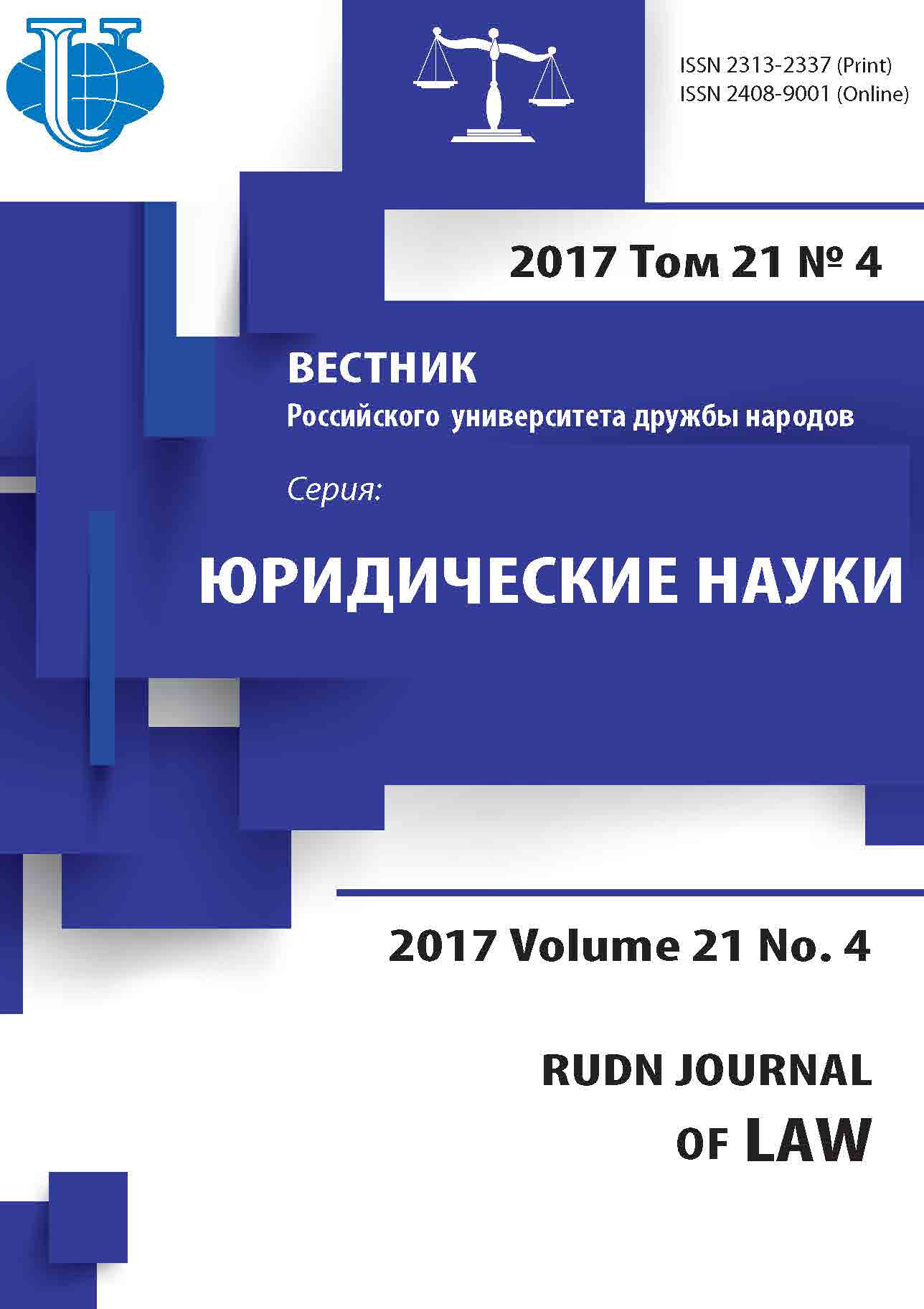THE REVIEW OF THE 2017 ANNUAL CONFERENCE OF THE ASSOCIATION OF HUMAN RIGHTS INSTITUTES (AHRI) (27 AND 28 APRIL 2017, LEUVEN, BELGIUM)
- Authors: Koneva A.E1
-
Affiliations:
- RUDN University
- Issue: Vol 21, No 4 (2017)
- Pages: 588-596
- Section: Articles
- URL: https://journals.rudn.ru/law/article/view/17712
- DOI: https://doi.org/10.22363/2313-2337-2017-21-4-588-596
- ID: 17712
Cite item
Full Text
Abstract
The 2017 Annual Conference of the Association of Human Rights Institutes (AHRI) held at the University of Leuven (KU Leuven) in Leuven (Belgium) from 27 to 28 April 2017 is the one of the leading events among the professional associations uniting international law scholars in human rights field. The conference focused on issues of monitoring compliance with international human rights obli-gations of States in the activities of universal and regional human rights bodies, particularly UN human rights mechanisms, human rights treaty bodies and regional and sub-regional human rights mechanisms within European, Inter-American and African human rights systems. Within these issues a particular at-tention was paid to the interaction between universal and regional human rights systems, specifically the role of regional mechanisms in the promotion and protection of human rights and enhancing univer-sal human rights standards enshrined in international human rights treaties. The paper provides a brief review of the selected reports presented at the conference, which raised a particular scientific interest of the author. The author describes the reports devoted to: 1) factors de-termining adoption and enforcement of international human rights obligations by States; 2) States’ im-plementation of international human rights norms through the lens of interplay between the internation-al, regional and national levels; 3) the interaction between the universal and European human rights sys-tems (European Court of Human Rights with human rights treaty bodies and special procedures of the UN Human Rights Council).
About the authors
Aleksandra E Koneva
RUDN University
Email: koneva_ae@rudn.university
Aleksandra E. Koneva, Candidate of Legal Sciences, Senior Lecturer, International Law Department, Law Institute, RUDN University. 6, Miklukho-Maklaya st., Moscow, Russia, 117198
References
Supplementary files















